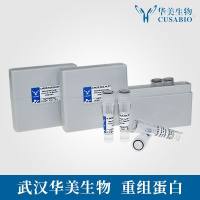Synthesis and Use of Spin-Labeled Lipids for Studies of the Transmembrane Movement of Phospholipids
互联网
482
The first measurement of the transmembrane diffusion of phospholipids in membranes was carried out by Kornberg and McConnell in 1971 (1 ). These authors sonicated an aqueous suspension of egg lecithin mixed with a small percentage of a spin-labeled phosphatidylcholine. The spin-labeled lipid had a nitroxide group on its polar head group that was directly exposed to the aqueous phase. Sodium ascorbate at 0�C, a nonpermeant reducing agent, very rapidly and selectively abolished the paramagnetism of the spin-labeled molecules present on the external monolayer of the vesicles. By subsequent exposure to ascorbate, it was possible to infer a half-time of randomization of approx 6.5 h at 30�C (1 ). This pioneer work was at least qualitatively confirmed by several laboratories using different experimental approaches in model systems as well as in biological membranes (for a review, see ref. 2 ). Thus, the nitroxide probe, in spite of possible steric hindrance and polarity characteristics, does not seem to modify profoundly the rate of phospholipid transverse diffusion in a lipid bilayer. Yet, when the transverse movement is governed by a specific carrier protein (2 ), it is necessary to move the probe away from the lipid moiety recognized by the carrier. In such a case, the selective accessibility to ascorbate is more difficult to achieve. Nevertheless, nitroxides can









